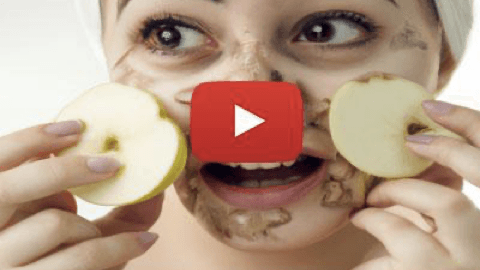Glucose must-knows ☄️
Glucose is the essential energy source that powers every cell in your body. From your brain to your organs, including the tiniest cell in your fingers, everything relies on this crucial sugar to function effectively. But while glucose is crucial, an excess of it can lead to a myriad of health issues.
Humans primarily obtain glucose by consuming starches or sugars. However, modern diets, often laden with excessive sugars, contribute to an overload of glucose in the body. The repercussions of high glucose levels are significant and pervasive, ranging from minor inconveniences like cravings and brain fog to severe conditions such as infertility, acne, Polycystic Ovary Syndrome (PCOS), and potentially progressing to type 2 diabetes over time.
Managing glucose levels doesn't require extreme measures. In fact, you can feel significantly better without sacrificing the foods you love. Below are practical, straightforward hacks that can help you achieve balanced glucose levels and improve overall well-being.
Incorporate a plate of vegetables at the beginning of every meal. This practice not only provides essential nutrients but also helps moderate glucose spikes.
Engage in light physical activity, such as a gentle walk, after meals. Movement aids in lowering the blood sugar incrementally, offering a natural way to manage levels post-eating.
Although details are elaborated in further discussion, using vinegar strategically in your diet can positively influence glucose regulation.
Feel much better without giving up any of the foods that you love.
From Around The Web
Wellness Inbox is a blog & weekly newsletter that curates trending news and products related to health and wellness from around the web. We also gather content from various sources, including leading health professionals, and deliver it directly to you.
Please note that we may receive compensation if you purchase any products featured in our newsletter. Wellness Inbox is not affiliated with, nor does it endorse, any health professionals whose content may appear in our newsletter. The information provided is for general informational purposes only and should not be considered medical advice.
The information provided is not intended to replace professional medical advice, diagnosis, or treatment. All content, including text, graphics, images, and information available is for general informational purposes only. We do not guarantee the accuracy or completeness of any information presented and assume no liability for any errors or omissions. The content is subject to change without notice. We encourage you to verify any information with other reliable sources and consult your physician regarding any medical conditions or treatments.







